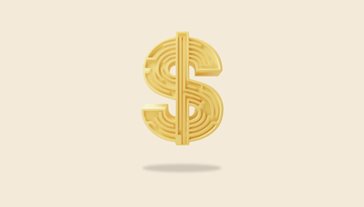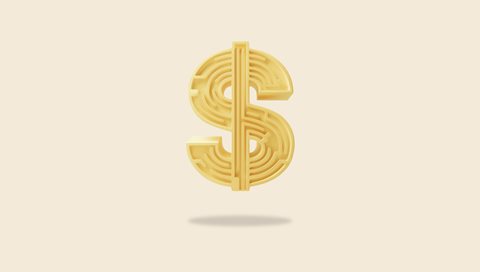As we approach the new financial year, there are some important changes to superannuation that will or are expected to come into effect from 1 July 2025. Whether you're planning for retirement or you’re just starting your super journey, here are some of the changes and what they mean for you.
Super Guarantee is increasing
The Super Guarantee (SG) rate that you typically receive from your employer will rise from 11.5% to 12% — helping you to save more for your retirement.
Super will be paid on Government Paid Parental Leave (PPL)
The government-funded Paid Parental Leave (PPL) scheme will now include superannuation contributions. This change ensures that parents taking government-paid leave will continue to grow their super savings during this period.
Transfer Balance Cap Increase
The transfer balance cap, which limits the amount of super that can be transferred into a retirement pension, will increase from $1.9 million to $2 million.
Payday Super
Although not yet legislated, Payday Super is proposed to start on 1 July 2026. Under this system, employers will be required to pay their employees’ super at the same time as they pay their salary and wages.
Other updates from 1 July 2025
Tax rate cuts
The 2025-26 Budget included details on tax rate cuts as well as a couple of cost-of-living measures. To find out more visit https://budget.gov.au/.
Deeming Rates Remain Frozen
Deeming rates will remain frozen until 30 June 2026, with the possibility that updated limits take effect from 1 July 2025. Deeming rates are used by Centrelink to assess how much income you receive from your financial assets, including super. For more information on the current rates visit our article on Age Pension Rates and Limits.
Aged Care Reforms
The amount that people pay for residential aged care and home care packages is set to change from 1 July 2025. Click through to learn more about understanding the new aged care reforms.






